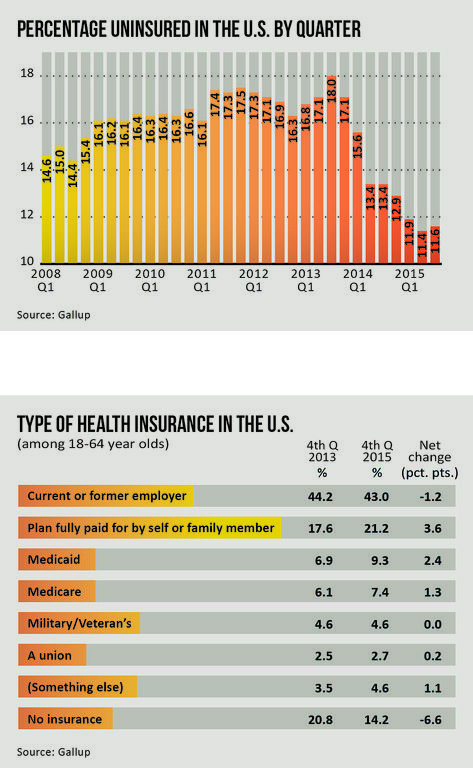Health Care - Big Changes May Open the Door for Plaintiffs
Publication | 01.19.16
Sweeping changes in the health care sector could spark new litigation in 2016, says Jennifer Romano, a Crowell & Moring partner and a member of the firm’s Commercial Litigation and Health Care groups.

As the industry continues to deal with the False Claims Act, disputes between states and managed care contractors, and disputes between health plans and both their customers and their provider networks, Romano sees at least three trends that could contribute to an uptick in lawsuits, especially class actions. First, the Supreme Court’s 2015 King v. Burwell decision—which upheld federal tax credits through the Affordable Care Act (ACA)—means the ACA is here to stay. As a result, millions more people will have health coverage. And that, Romano says, means there will be many millions more potential individual plaintiffs, with more potential claims. Ever-increasing regulation from federal and state governments means new causes of action through which to bring these claims.
Also, significant mergers are underway among some of the country’s biggest health plans. While it is unclear what the proposed mergers mean for new litigation in 2016, Romano notes that “the plaintiffs’ bar is paying more and more attention to the health care industry and looking for targets. Increasingly, they see it as an area ripe for class action suits.”
Another area is data privacy, which is regulated by the federal Health Insurance Portability and Accountability Act (HIPAA) statute but also, increasingly, under myriad state laws. Health care companies big and small are finding themselves victims of cyberattacks. Many experts are saying if you have valuable health care information about individuals, it is not whether you will be attacked, but when. A cyberattack on a health care company can bring tough regulatory action as well as private claims of negligence, unfair business practices, or statutory violations. “Health care companies are attacked once by criminals and then again as they have to defend against a wave of lawsuits and regulatory actions,” Romano notes.
Romano says she expects to see more attacks on health plans’ processes, procedures, and disclosures, including reimbursement practices. For example, a group filing suit on behalf of New Jersey chiropractors recently obtained class action certification for its complaint alleging that one health plan’s reimbursement practices for out-of-network claims were inconsistent with plan contract language.
“Health care companies will continue to get hit from all sides,” says Romano. “When an industry is undergoing so much change, some in the plaintiffs’ bar see opportunity.”

[TOP: The percentage of uninsured Americans has dropped sharply since the ACA health insurance requirement took effect in early 2014.
BOTTOM: More Americans are covered through Medicaid, Medicare, and individually purchased plans. The percentage covered through employer plans has dropped slightly.]
[PDF Download: 2016
| |
[Web Index: 2016 Litigation
|
Contacts
Insights
Publication | 03.01.26
Publication | 01.07.26
Publication | 01.05.26
Publication | 01.05.26



